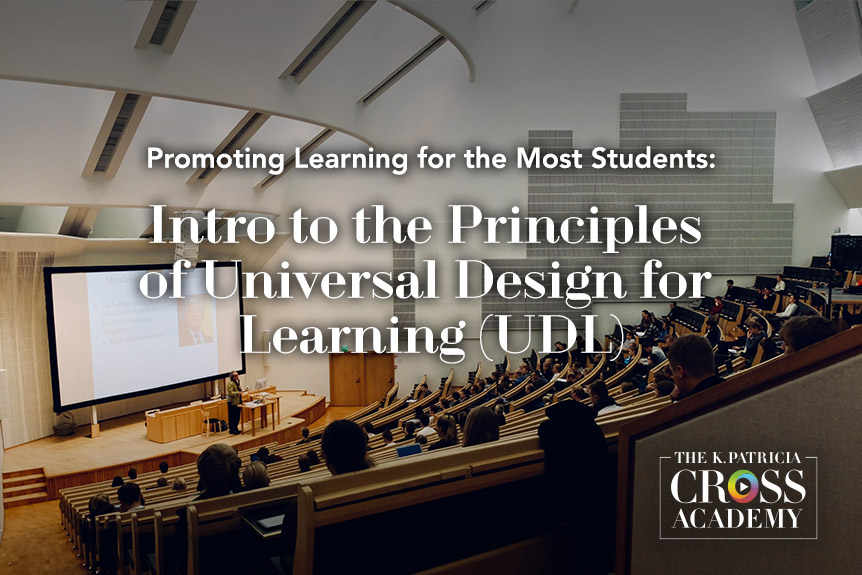CrossCurrents Library
CrossCurrents is an electronic publication that offers articles on a wide range of topics related to teaching and learning in higher education. Through engaging content that encourages exploration and reflection on best practices, innovative pedagogies, and emerging trends in higher education, we try to help college teachers successfully navigate the challenges they face in today’s complex classroom.
Featured Collections
Topics
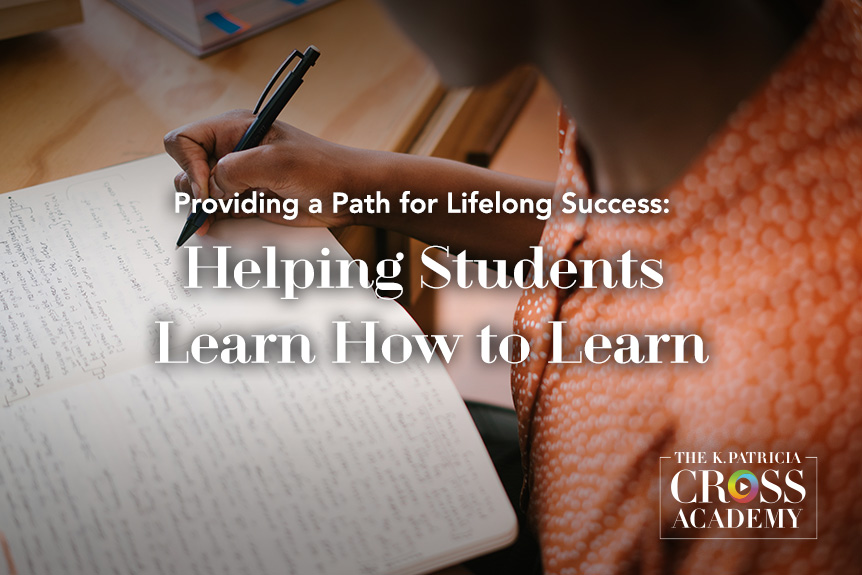
As college faculty, we have become quite adept at learning. Most students, however, are still acquiring those skills. They struggle with how to learn efficiently and effectively, often lacking even awareness that strategies exist that might assist them. We can help students become better able to direct and manage their learning by showing them how to use “learning strategies.”

Inclusive teaching is not easy. It means digging deeper into why imbalances in participation, success, and completion exist. To adopt inclusive pedagogy, instructors necessarily engage in examining their own bias and awareness. In this article, we consider our responsibility, as educators, to practice inclusive teaching, and cover various techniques and methods for doing so.
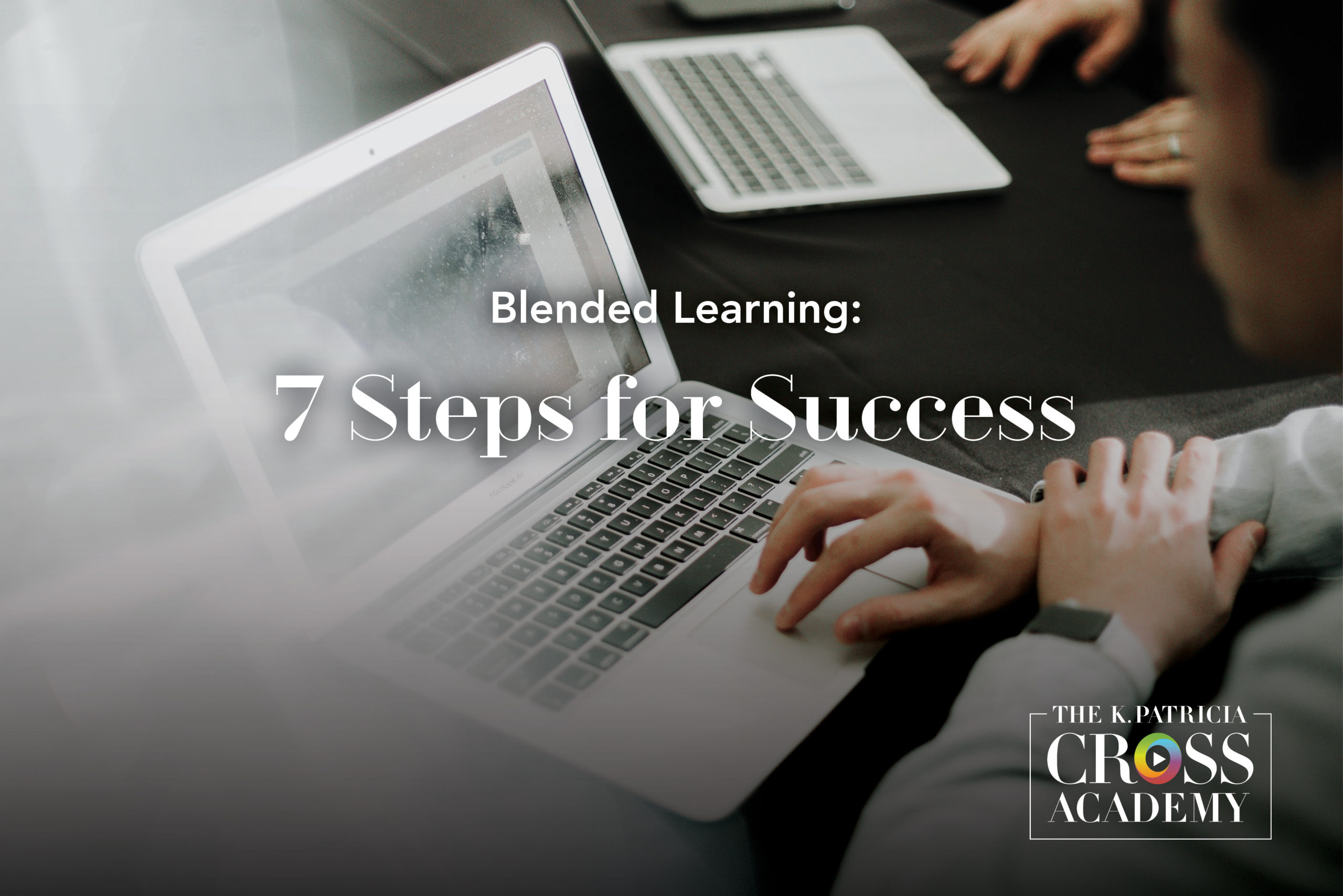
As colleges and universities look for new ways to improve both student learning and the student experience, blended courses are becoming increasingly common. A combination of onsite and online instruction, there is no single approach to blended learning. With any definition, the key to blended learning is the combination of onsite and online instruction. Educators in different geographic regions have
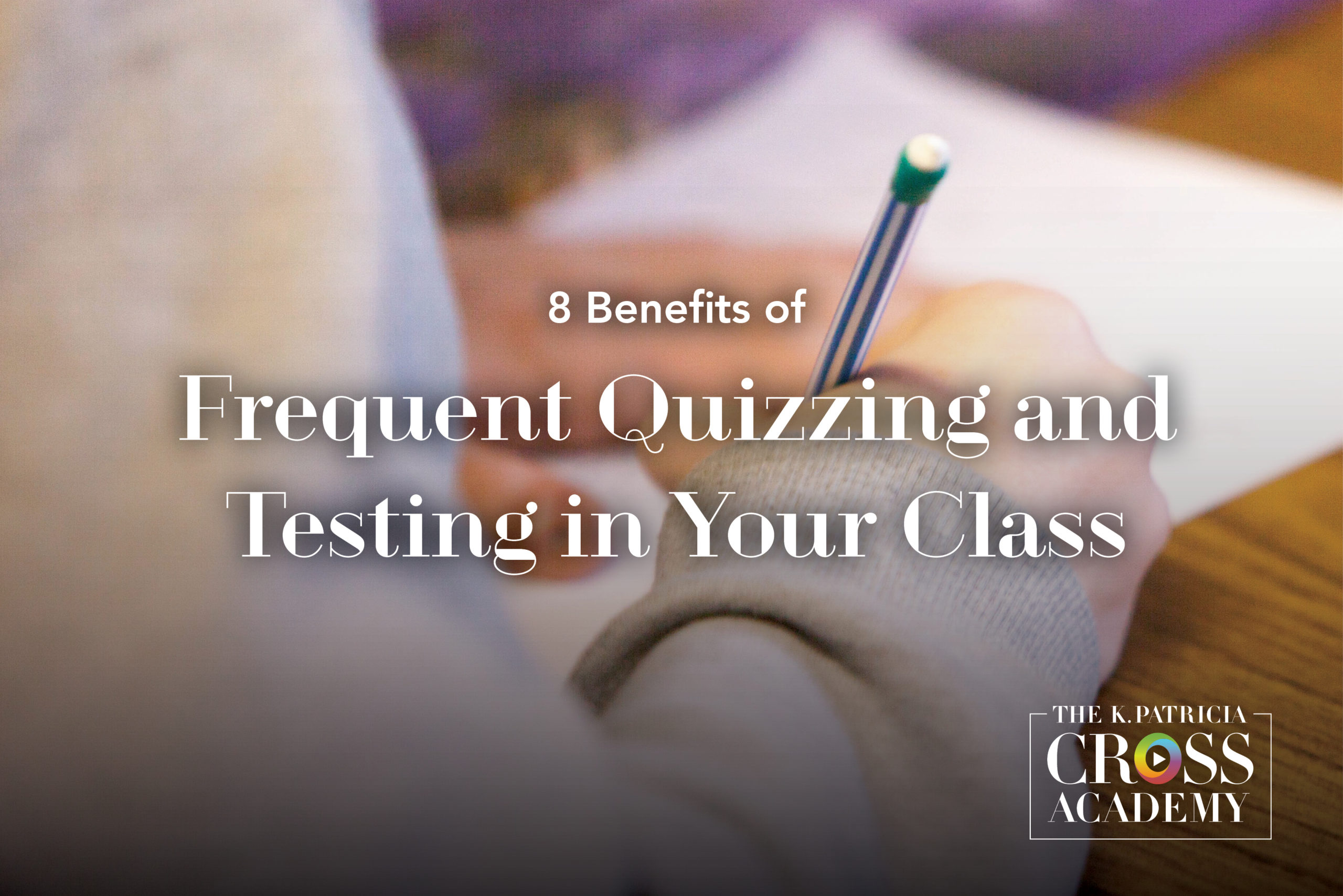
Few things strike fear in the hearts of students as much as tests, especially when knowing they will be used for summative assessment. Test anxiety aside, quizzes and tests can actually help students learn course content. Research demonstrates that the testing effect, which is sometimes called test-enhanced learning or retrieval practice, has a greater impact on student learning than simply

Humans are more likely to remember information that is patterned in a logical and familiar way. Furthermore, the act of organizing information is a helpful aid to human memory (Bailey & Pransky, 2014; Sprenger, 2002; Tileston, 2004). It is no surprise, then, that organizing information is a useful skill for students as well as an activity that can help to
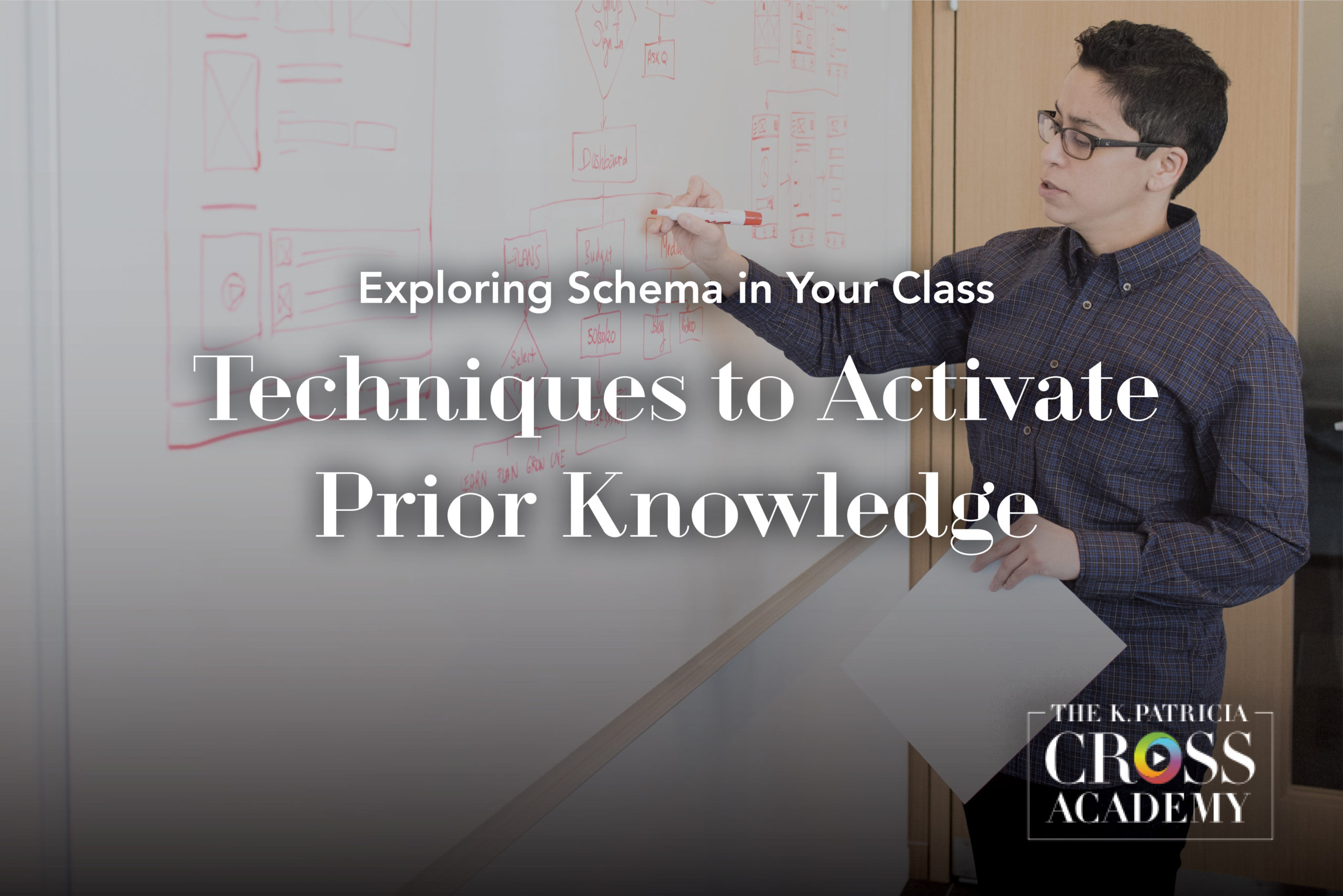
No student enters the classroom as a blank slate. Each has prior knowledge, also known as background knowledge, which informs their approaches to and understanding of new material and new experiences. Prior knowledge is the accumulation of everything a student has learned, through both formal and informal means. We can help students better understand new material by activating their prior
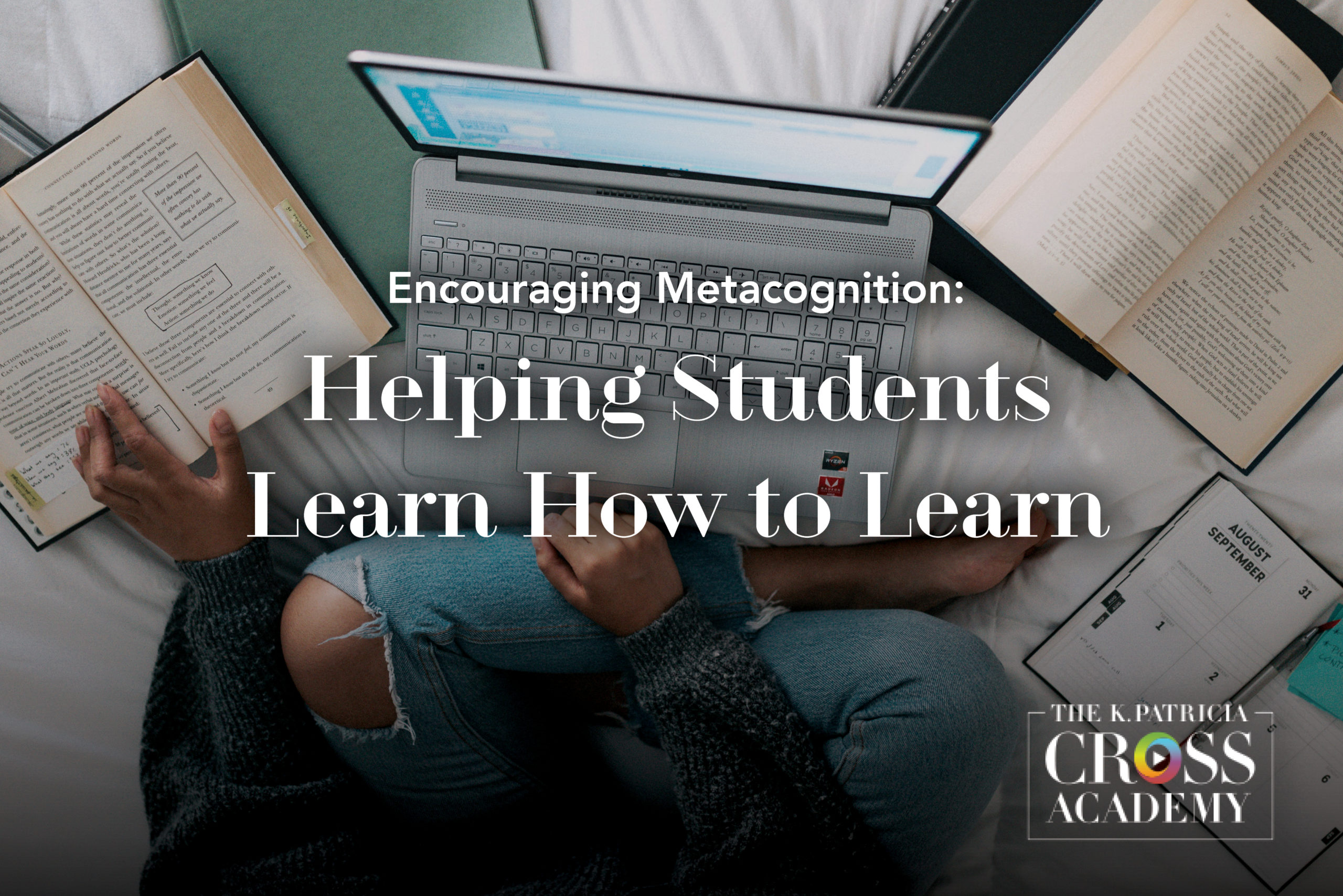
College and university students are regularly asked to learn a great deal of content and many skills in their courses, but the learning processes involved are rarely considered or managed on their own. For example, students can find it incredibly difficult to recognize learning gaps or misunderstandings when learning a new concept or process. They don’t always plan out their
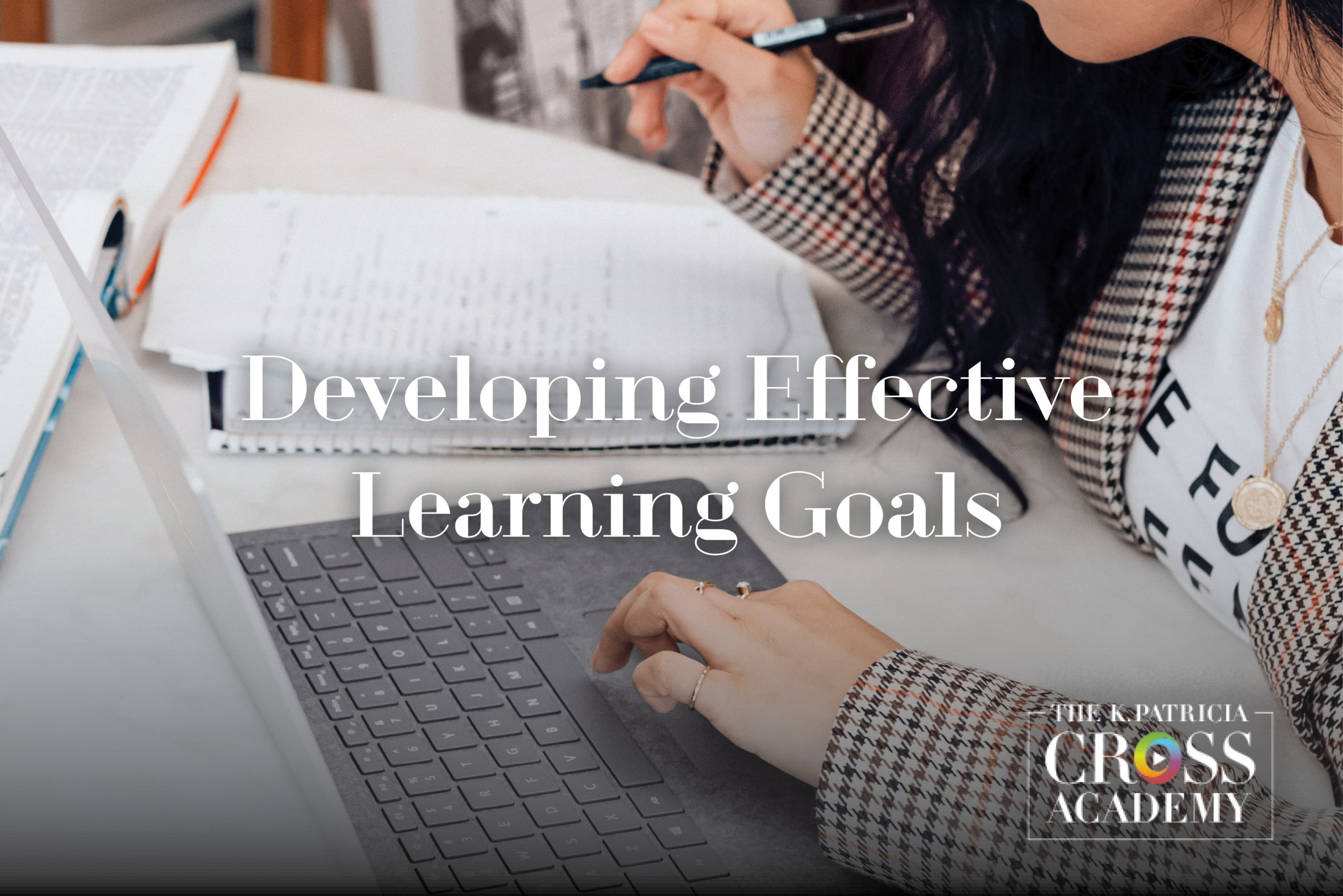
Much of the literature about teaching and learning stresses that teachers should articulate their learning goals as well as their objectives and outcomes. Learning goals allow you and your students to focus on what they are supposed to learn. When learning goals are explicit, they will guide students’ decisions on where to focus effort as well as to illuminate what

Students will be better prepared to succeed in today’s complex and quickly changing world if they understand how they learn and can manage their own learning. Metacognition is a higher-order thinking process that involves active control over mental processes. Researchers and instructors alike have recognized the need to intentionally weave metacognitive strategies into teaching and learning activities. Metacognitive activities guide

“Students don’t care how much you know until they know how much you care.” ~Anonymous Most of us chose careers in academia because we care deeply about our disciplines or fields. It can be discouraging, therefore, to face students whose indifference to our courses is palpable. Yet caring is an essential element of their learning. As Fink suggests, “When students care

“Knowledge without application is like a book that is never read” ~Christopher Crawford As college teachers, we want students to think deeply about course content and skills, yet sometimes it feels like students never progress beyond surface-level understanding. One of the best ways to help students get to deeper learning is to have them use what they have learned in
